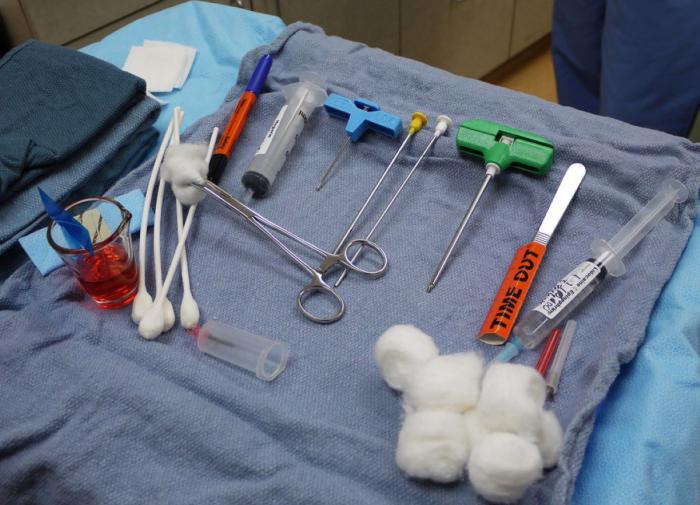Thanks to new methods of donor selection, the likelihood of patients recovering after bone marrow transplants has doubled, said the director of the Institute of Hematology, Immunology and Cell Technologies of the Center. Dima Rogacheva and Corresponding Member of the Russian Academy of Sciences Alexey Maschan in an interview for Gazeta.Ru.

Photo: Openverse
Bone marrow transplant is a life-saving procedure for 500-600 different diseases, including malignant ones blood diseasescongenital immune disorders and inborn errors of metabolism, as the doctor explained.
According to the specialist, the likelihood of recovery for patients who have undergone transplantation from unrelated donors is currently doubled. Such changes are associated with the use new technology selection of unrelated donors, development of methods for purifying bone marrow from cells that contribute to serious complications, as well as expanding databases of potential donors.
The selection of a suitable donor is carried out using the method DNA typing, in which the genes responsible for the compatibility of donor and recipient tissues are compared. The hematologist emphasized that a complete match of genes is almost impossible, and therefore immunosuppression is always carried out after transplantation. This reduces the risk of a reaction known as “graft versus host“, in which immune cells from the donor’s bone marrow attack healthy tissue in the recipient.
